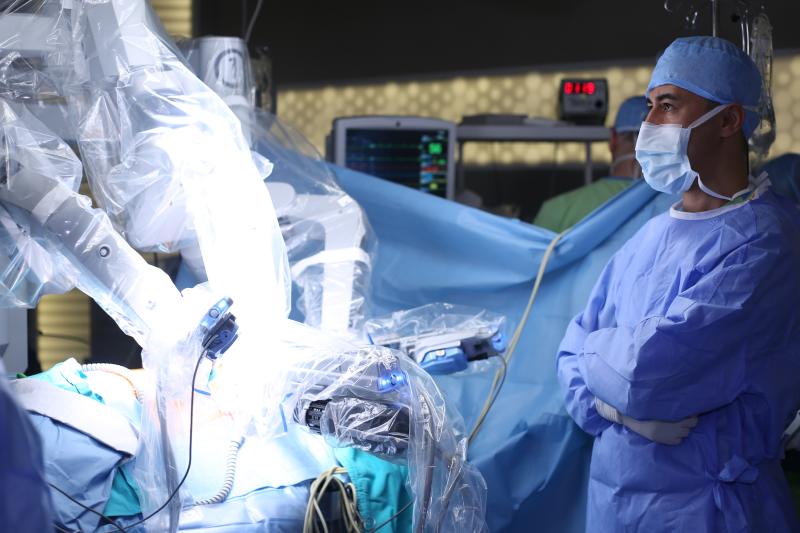
Gluteal-based and vertical rectus abdominus myocutaneous (VRAM) flaps appear to be the predominant choices for soft tissue reconstruction following sacrectomy, reports a new meta-analysis.
Accessing the databases of Medline, Embase, the Cochrane Central Register of Controlled Trials, among others, researchers retrieved 20 studies eligible for meta-analysis. The studies yielded a cumulative sample of 353 patients, of which 62 percent were male. Fifty-three had no data regarding sex.
Almost half (45 percent) of the patients underwent sacral resection for chordomas; colorectal carcinomas (26 percent), unspecified sarcomas (13 percent) and giant cell tumours of the bone (3 percent) were other common presentations. Treatments employed included neoadjuvant and adjuvant chemotherapy and radiation.
Gluteal-based flaps (50 percent) and VRAM flaps (38 percent) emerged as the two most popular choices for soft tissue reconstruction. Other options included free latissimus dorsi flaps, omental flaps and colonic seromuscular flaps.
For the complication analysis, 14 studies on gluteal-based flaps were eligible for meta-analysis. These showed that the pooled overall rate of local complications was 37 percent. This was comprised of infections (9 percent), wound dehiscence (14 percent) and flap necrosis (1 percent). There was one reported case of flap loss.
Six studies were available for complication analysis involving VRAM flaps, yielding a pooled overall local complication rate of 50 percent. Infection was reported in 11 percent, dehiscence in 13 percent and necrosis in 7 percent. There were two cases of flap loss.